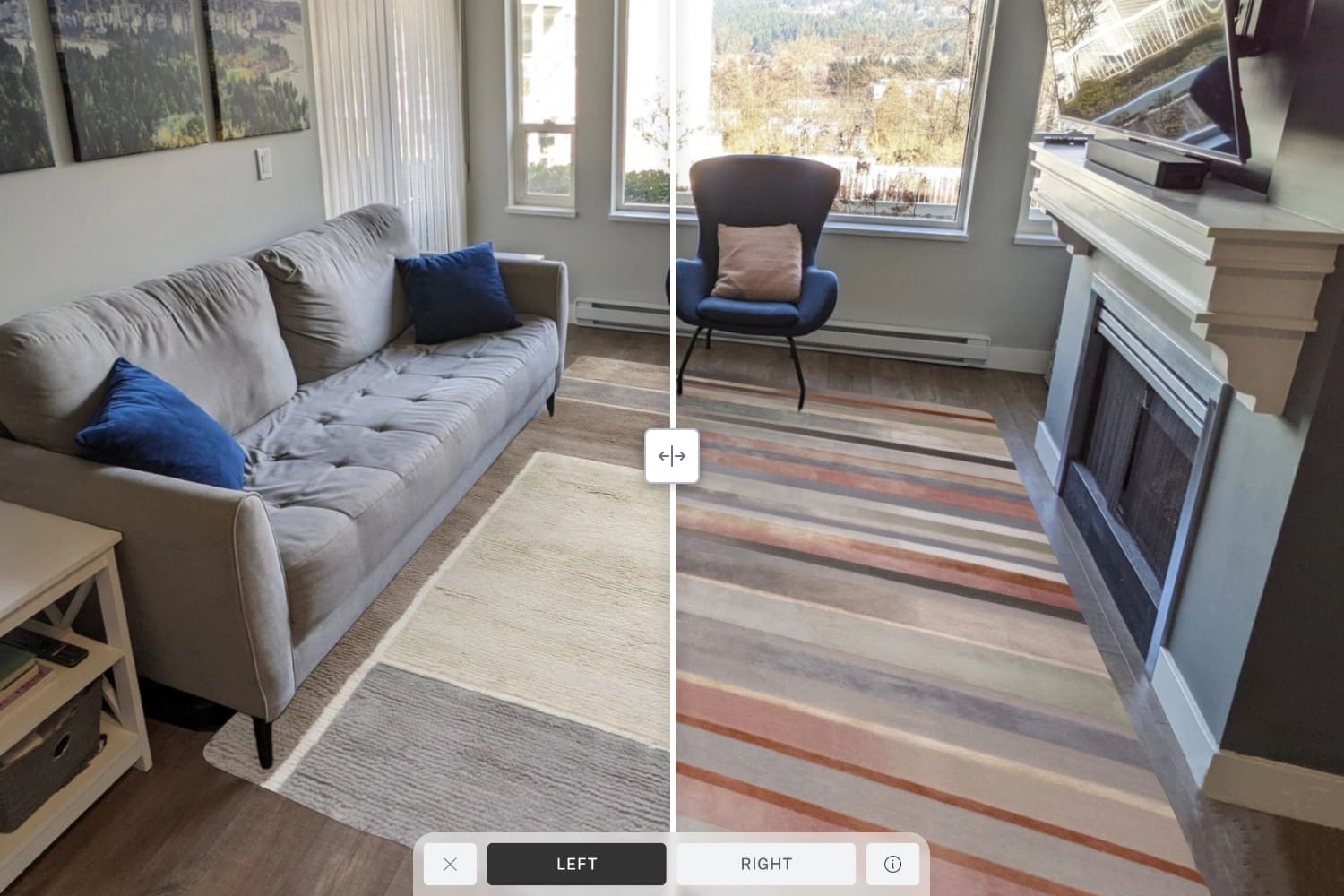As a home decor business, imagine there was a place you could go where people are specifically looking to find ideas for their home decor projects, and to shop for them.
Well, turns out that place already exists.
It’s called Pinterest.
While you might reach a broader audience on other platforms – with its 465 million monthly users, it may not rank in the top 10 most-used social media platforms – Pinterest is perfectly suited to home decor businesses.
By its own definition, Pinterest functions less as a social media platform and more as a visual search engine designed to ignite inspiration, particularly in areas like “home and style.”
“People come to Pinterest to plan for what could happen, not scroll through pictures of what already did,” Pinterest states in their advertising guide.
Consider this: a striking 85% of Pinterest users have identified the platform as their go-to starting point for launching new projects. And as per the advertising guide, the same percentage of users have bought something based on content, or “pins,” they’ve seen from brands. Add in the fact that home decor is the most popular category on the platform, and it’s easy to see why Pinterest needs to be factored into your social media marketing strategy.
Ready to kickstart a Pinterest account? Aiming to elevate your presence? Or simply looking to optimize your existing Pinterest account for success? You’ve come to the right place.
Here are the essentials to marketing your home decor business on Pinterest.
Set up Pinterest business account
It doesn’t get any more essential than this.
For starters, setting up a Pinterest business account grants you access to vital tools like analytics, ad creation functionality, and the ability to “claim your website,” which prominently displays a clickable URL on your profile, among other benefits. A business account is also a prerequisite for enabling rich pins, a topic we’ll discuss shortly, and for seamlessly integrating your e-commerce product catalog – turning your products into browsable product pins.
These powerful features are designed to empower businesses in driving more traffic and achieving higher conversion rates. Leveraging these tools is a definite must.

Enable rich pins
If you’re a home decor brand, it’s highly likely that shoppers will be pinning images from your website so they can store them on their own Pinterest boards for future reference. And then, these pins may be further saved, or “re-pinned,” onto other boards, creating a ripple effect of engagement.
By enabling rich pins, you’re making sure that your brand and messaging is featured prominently on Pinterest regardless of who’s sharing your content.
Rich pins automatically extract metadata from your website, including the title and description of your product or blog article. This means your title and description, which should ideally include relevant keywords for the purposes of search engine optimization (SEO), will always appear with any imagery pinned from your website.
As an added benefit, the title will be bolded and link back to the page where it came from. If you’ve claimed your website, your Pinterest username (which should be your business name) and profile photo will also appear with a “follow” button.

Leverage Roomvo
As we’ve established, Pinterest is where people go to plan their home decor projects, explore new design ideas, and imagine the possibilities. This platform perfectly aligns with Roomvo’s industry-leading room visualizer, which allows consumers to virtually preview your floors, rugs, countertops, wall coverings, and paint in their homes.
Now, with Roomvo’s newly introduced Pinterest button, shoppers can seamlessly share their visualizations directly to Pinterest. This feature not only makes it easier for consumers to save and organize their ideas but also extends your brand’s reach to an even broader audience of potential customers.

With this in mind, consider how to leverage the Pinterest button in your content strategy. Encourage shoppers to share their visualizations on Pinterest, or create posts that highlight this feature — like a video tutorial on how it works or a carousel showing how easy it is to turn ideas into reality. By combining the power of Pinterest with Roomvo, you can transform browsers into buyers and maximize your brand’s impact.
After enabling rich pins, you’ll want to do everything you can to encourage people to “pin” content from your website. Because every time that happens, you’re getting more of your content on Pinterest, which will naturally lead to more impressions and clicks back to your website.
Add Pinterest button to your product pages
You can also expand your reach by adding a Pinterest save button directly to your product pages. Once someone clicks on this button, they’ll be given the option to save any image from your product page to the Pinterest board of their choice – without having to leave your website.
Product pages are the centrepiece of any e-commerce website because that’s where shoppers usually make their purchasing decisions. Get more people engaging with them, and the sales are likely to follow.

Use beautiful visuals
Let’s not forget: Pinterest is a visual search engine. So, a lot of your success on the platform will come down to the visuals.
Knowing that people go to Pinterest to get inspired, focus on sharing aesthetically pleasing photos and videos of your products in beautiful room scenes. Don’t just show people your hardwood floor. Show them your hardwood floor in a big, bright living room. Don’t just show people your marble tile. Show them your marble tile being used as a shower surround in a luxurious bathroom.
It’s not a hard and fast rule – for example, a closeup of the vibrant colours and intricate patterns of your area rug or wallpaper could be more impactful than a room scene in some cases. But generally speaking, you’ll want to show people what’s possible and allow them to dream.
That’s what Pinterest is all about.
In addition to linking these pins to the appropriate product page or most relevant landing page on your website, you can also tag up to eight products from your claimed website within the image itself.

Create themed boards
Another important aspect of Pinterest is how you organize your content.
Each one of your individual pins needs to be part of a collection, or folder, called a “board.” These boards make it easy for your followers to discover the type of content or product they’re looking for. Even if someone isn’t following your account, they can find your board through search and follow it directly.
Many home decor brands have themed boards for each of the different types of living spaces, such as bathrooms, kitchens, and bedrooms. So, anyone looking to renovate those spaces will know exactly where to go for inspiration. A board for DIY tips is also something to consider, seeing as though it’s another one of the most popular categories on the platform.
Just make sure your board titles and descriptions, as well as the individual pins within them, follow Pinterest SEO best practices for maximum visibility.

The power of Pinterest
It’s almost as if Pinterest was made specifically for home decor businesses to market their products. When used the right way, it can be an extremely powerful tool to boost brand awareness, drive product views, and, ultimately, increase sales.






